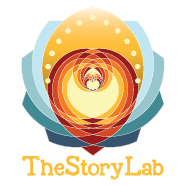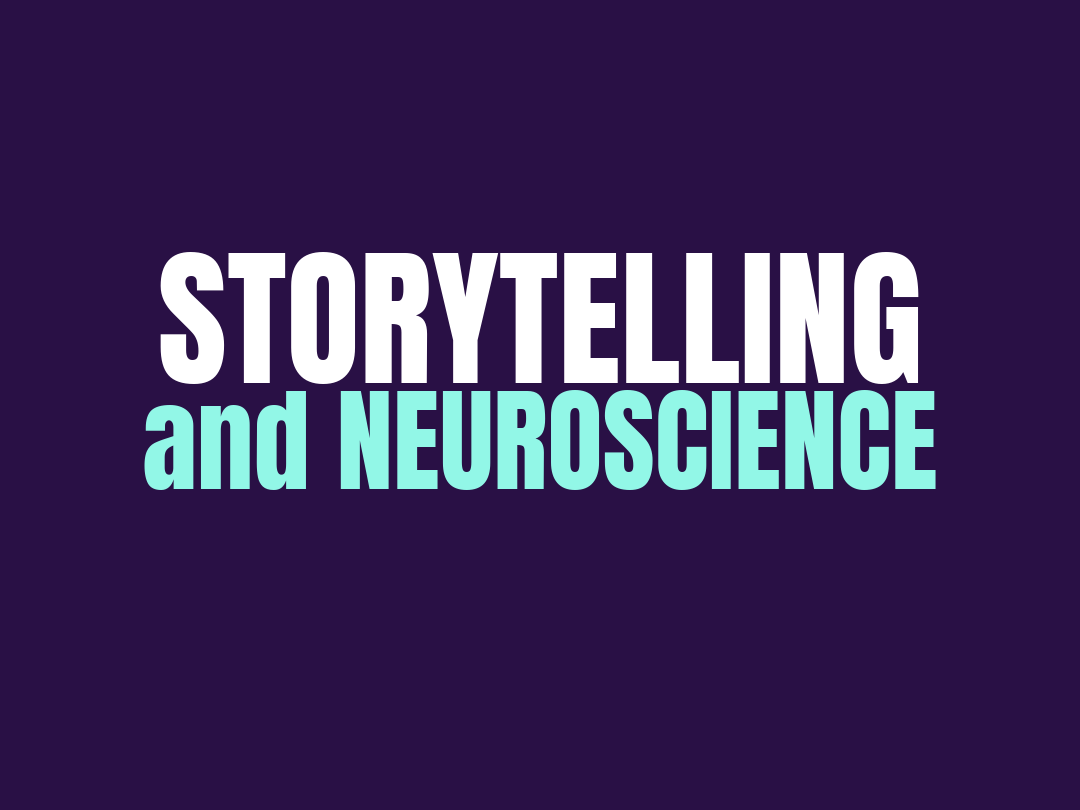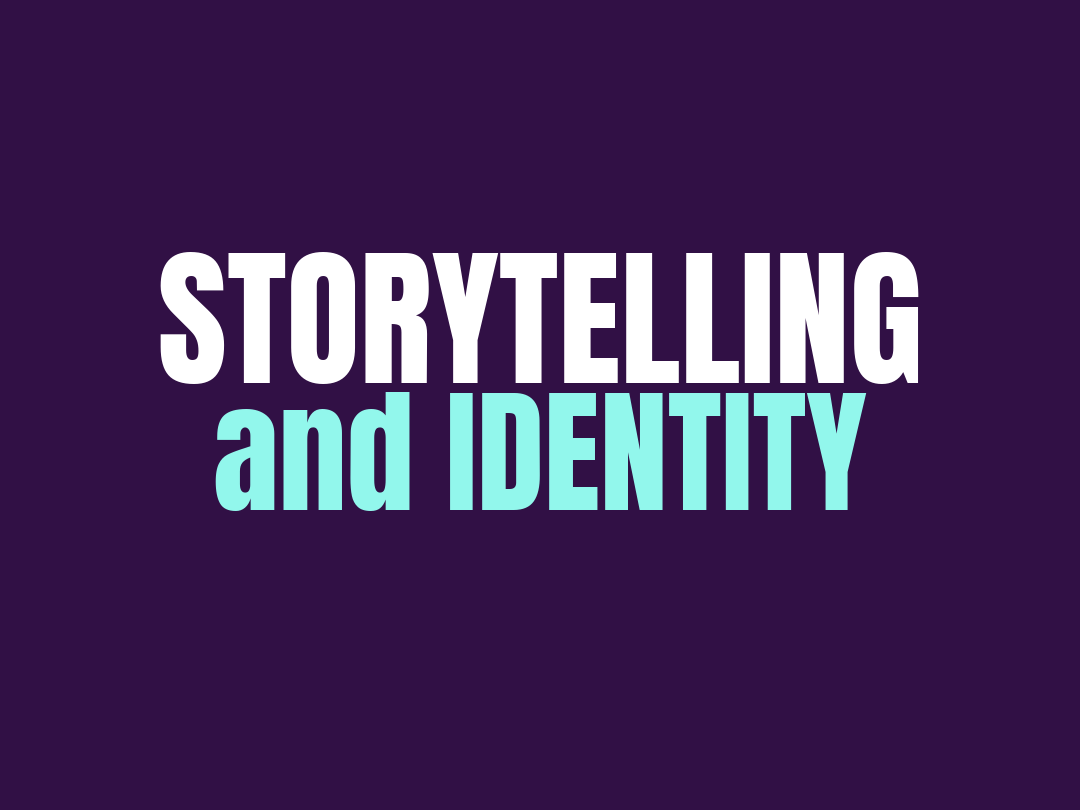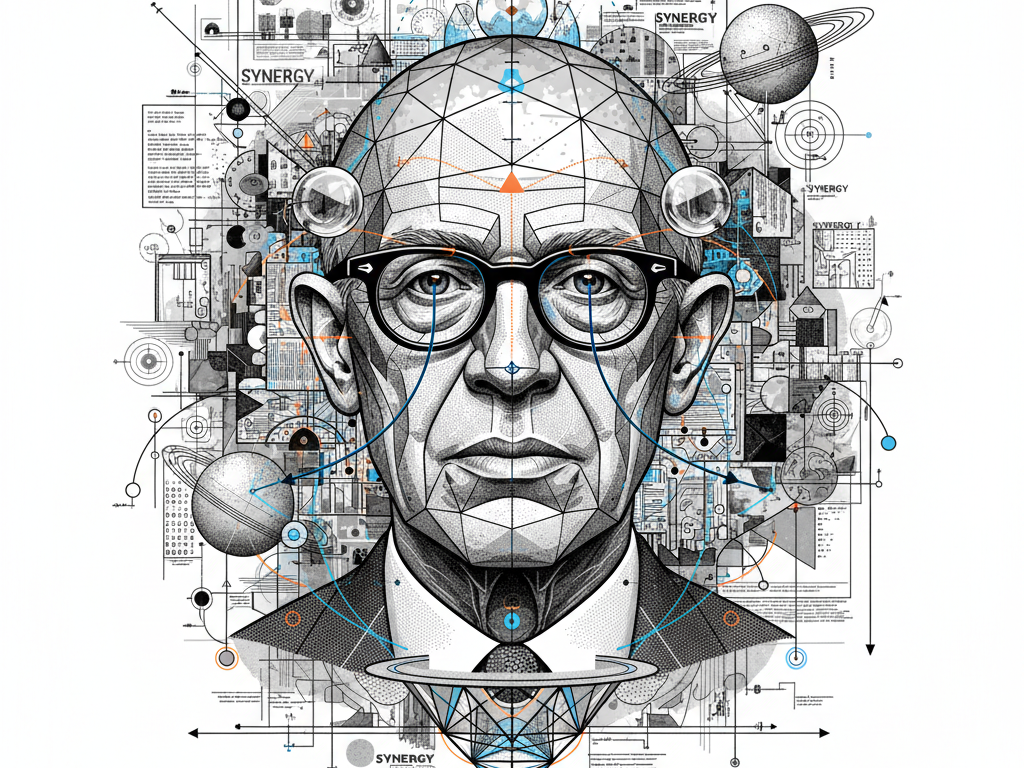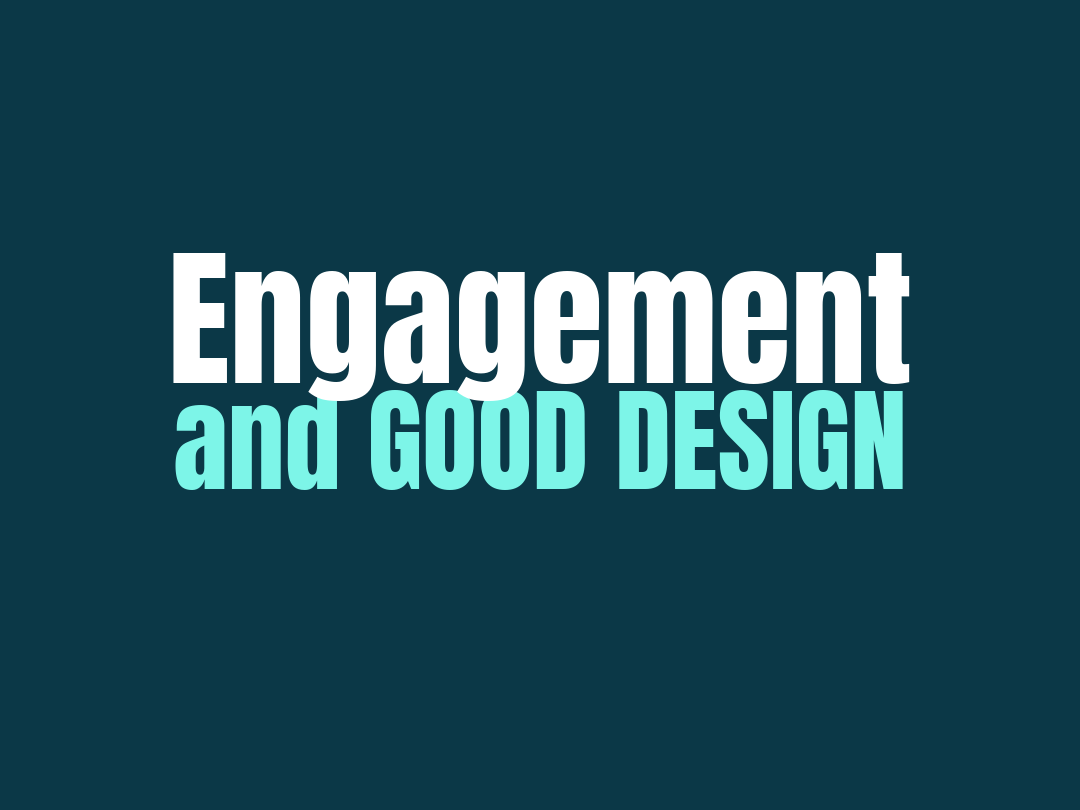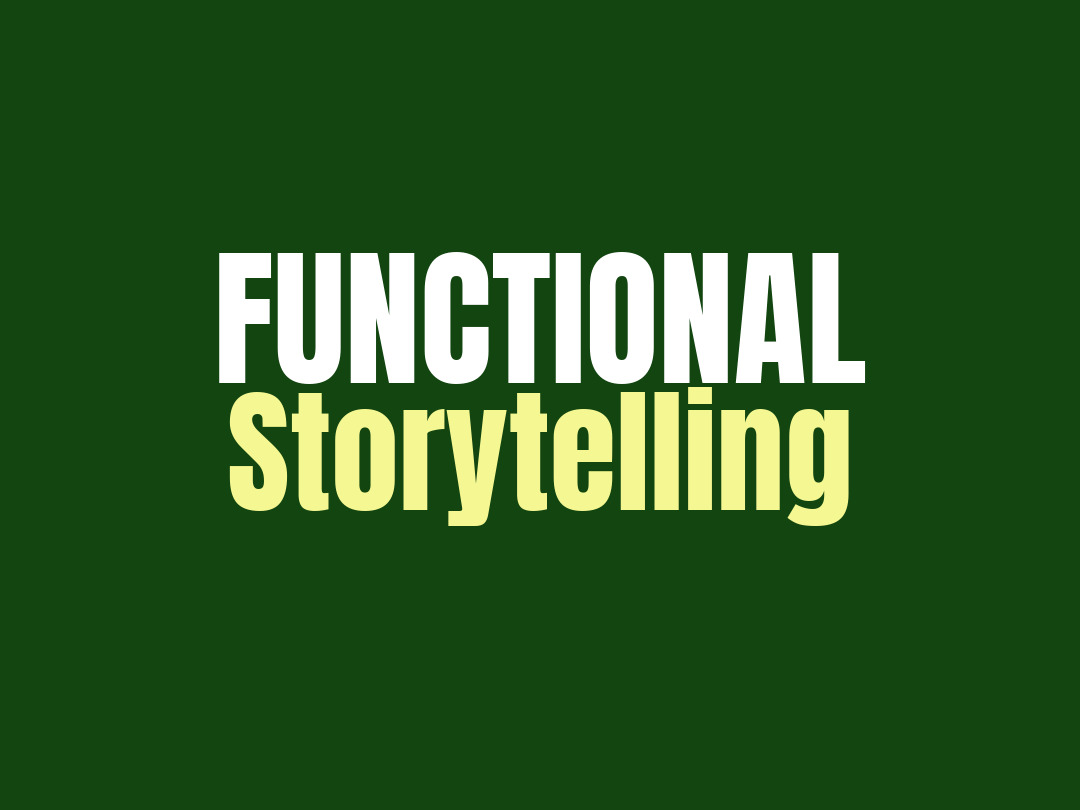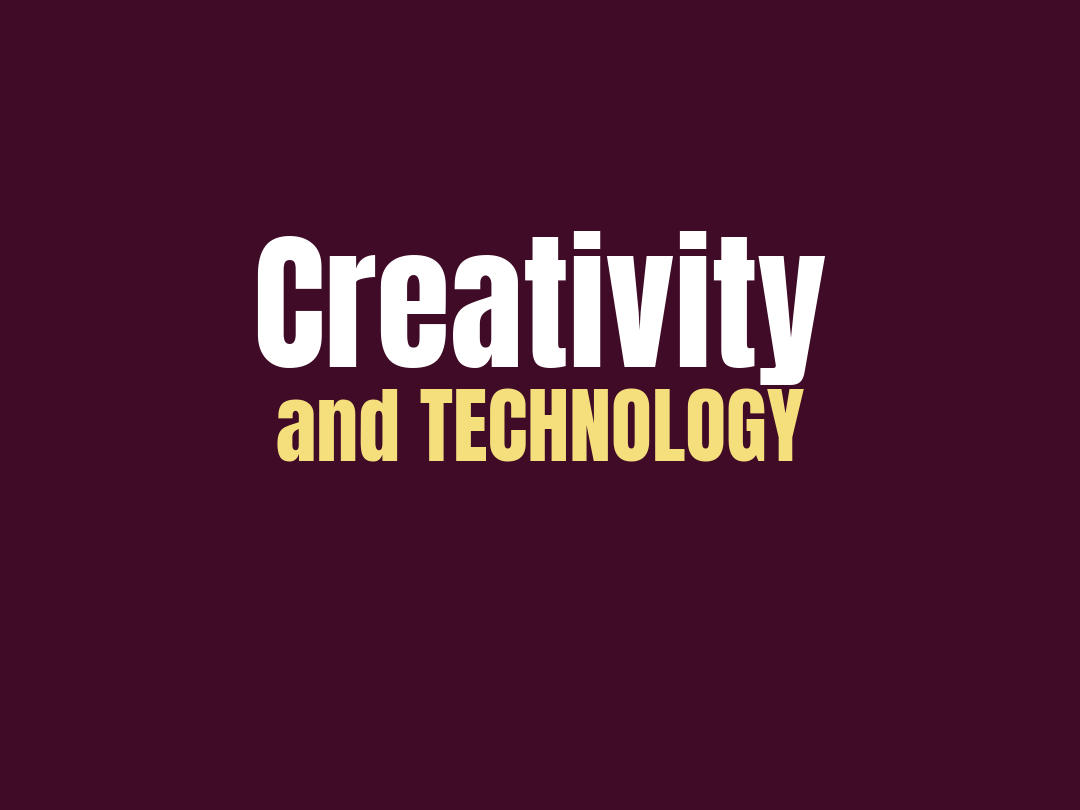There were several strong pieces to choose from before posting something here, some more visually striking, others potentially more engaging to a broader audience. However, I’m selecting this particular writing piece because it strikes a unique balance between academic insight and personal reflection. It captures both my analytical thinking and creative expression, making it a meaningful representation of my work this month.
As an instructional designer, I often produce videos for various courses, some of which are specifically about creating instructional videos, so this topic is especially relevant to my practice. Storytelling in instructional design acts as a bridge between the content and the learner. It transforms abstract concepts into relatable narratives, helping learners process information more effectively. By embedding complex ideas into the familiar structure of a story, I aim to create engaging and memorable learning experiences.
This month’s activities and research have allowed me to sharpen a variety of skills, but I’ve particularly enjoyed refining my research abilities. At times, these skills align with my natural curiosity; at other times, they reflect my drive to improve. Most consistently, they help me organize my thoughts around a topic with clarity and purpose. Here, in my portfolio, I plan to demonstrate these skills through thoughtfully curated pieces that showcase both depth of research and creative application.
Abstract:
The paper further examines the potential for storytelling to enhance learning experiences by connecting information to relatable scenarios, encouraging critical thinking, and facilitating the transfer of knowledge to real-world contexts. Ultimately, the paper underscores the importance of thoughtful content curation and strategic storytelling to ensure instructional effectiveness and learner engagement.
Introduction:
From the earliest cave paintings to modern-day digital media, storytelling has been a fundamental way for humans to share essential knowledge, convey experiences, and foster connections. Today, the essence of storytelling remains intact, yet its applications have evolved to include instructional contexts, where it serves not only to engage but also to facilitate comprehension and retention. In instructional video, storytelling transforms abstract concepts into memorable narratives, effectively bridging the gap between content and learner. This paper explores into the effectiveness of storytelling as a learning object, explores the theoretical foundations that underscore its instructional value, and outlines practical visual and auditory techniques for integrating storytelling to foster deeper connections with learning content.
From the earliest cave paintings to modern-day digital media, storytelling has been a fundamental way for humans to share essential knowledge, convey experiences, and foster connections. Today, the essence of storytelling remains intact, yet its applications have evolved to include instructional contexts, where it serves not only to engage but also to facilitate comprehension and retention. In instructional video, storytelling transforms abstract concepts into memorable narratives, effectively bridging the gap between content and learner. This paper explores into the effectiveness of storytelling as a learning object, explores the theoretical foundations that underscore its instructional value, and outlines practical visual and auditory techniques for integrating storytelling to foster deeper connections with learning content.
The Effectiveness of Storytelling in Video:
Storytelling in instructional videos serves as a bridge between content and learner, transforming abstract concepts into relatable narratives. It helps the brain process data, concepts, or processes into simple, relatable narratives, translating complex information into the natural framework of stories.
Research suggests that humans have evolved to process and create stories, with specific brain circuits dedicated to narrative comprehension and generation (Hunte & Golembiewski, 2014; Mehl-Madrona & Mainguy, 2021). Storytelling engages more brain areas than factual information, enhancing memory and understanding (Churn, 2018).
Neuroscientific studies reveal an important phenomenon known as "neural coupling," which occurs between storytellers and listeners. This process facilitates direct brain-to-brain information transfer, highlighting storytelling as a powerful tool for conveying complex concepts (Churn, 2018).
Storytelling videos have been shown to enhance student engagement, comprehension, and recall of course content in online learning environments (Cronin-Gilmore & Hammond, 2024). Despite appearing passive, storytelling actively engages audiences as co-creators of the narrative. This interactive process fosters a co-creative dialogue between teller and audience (Roney, 1996).
Stories can effectively reduce cognitive overload by organizing complex information into coherent sequences, as outlined in Mayer's Cognitive Theory of Multimedia Learning (Mayer, 2009). By creating emotional connections and fostering empathy, storytelling also boosts engagement and motivation (Robin, 2008). Case studies of instructional videos employing narrative structures, such as character-driven scenarios or real-world simulations, further illustrate its impact on learning outcomes.
Theoretical Underpinnings of Storytelling
Storytelling serves as a cohesive framework that connects various learning theories, illustrating how narrative structures can effectively support the instructional design process. Each theoretical perspective highlights a distinct yet interconnected aspect of storytelling's impact on learning.
Storytelling serves as a cohesive framework that connects various learning theories, illustrating how narrative structures can effectively support the instructional design process. Each theoretical perspective highlights a distinct yet interconnected aspect of storytelling's impact on learning.
Constructivism emphasizes learning as an active, experiential process. Storytelling provides context and relevance, enabling learners to construct knowledge through relatable scenarios (Jonassen, 1991). Social constructivism, advanced by Dewey, Piaget, and Vygotsky, underpins the use of digital storytelling in language learning, emphasizing collaborative meaning-making (Abderrahim & Plana, 2021). By placing learners in realistic, relatable scenarios, storytelling fosters deeper engagement and facilitates the construction of new knowledge.
Dual Coding Theory suggests that integrating visual and auditory storytelling can enhance information processing by engaging both verbal and non-verbal channels (Paivio, 1986). This dual engagement reinforces content comprehension and also aligns with the multimedia principles that guide effective instructional design. By combining images, spoken words, and written text, storytelling provides multiple entry points for learners to grasp and retain information.
Vygotsky’s Zone of Proximal Development (ZPD) underscores the importance of guided learning. Storytelling can scaffold learners by presenting challenges through narratives, bridging the gap between current understanding and potential learning (Vygotsky, 1978). Through guided stories, learners encounter progressively complex scenarios that encourage them to apply new concepts and expand their skillset.
To further operationalize storytelling as an instructional tool, four related methods are identified: case-based, narrative-based, scenario-based, and problem-based instruction (Andrews et al., 2009). These methods have been applied across diverse contexts, such as mitigating combat stress and enhancing information security, demonstrating the adaptability of storytelling in various instructional settings (Andrews et al., 2010). The incorporation of these methods illustrates how storytelling can be tailored to address specific learning objectives while maintaining narrative cohesion.
Thus, storytelling's effectiveness as an instructional method is rooted in its historical and cultural significance and also in its alignment with contemporary educational theories and frameworks (Andrews et al., 2010). Additionally, educational digital storytelling integrates multiple modern learning theories, including constructivism, social constructivism, constructionism, narrative theory, technological pedagogical content knowledge theory, cognitive theory of multimedia learning, discovery learning, and andragogy theory (Ψωμος, 2024). This multifaceted theoretical grounding underscores the versatility of storytelling as a tool for instructional design.
Techniques for Integrating Storytelling in Instructional Video:
To effectively incorporate storytelling in instructional video, designers must consider both visual and auditory techniques that align with the narrative structure. The visual domain provides a dynamic space to convey character development, conflict, and resolution through imagery, animation, and cinematography. By employing symbolic imagery, designers can convey abstract concepts in a more tangible and memorable way. Visual metaphors, such as a bridge to represent transition or a labyrinth to illustrate complexity, can effectively anchor learning objectives within the narrative framework.
Character-driven narratives serve as a powerful method for engaging learners, as they provide relatable experiences that contextualize learning content. Establishing a protagonist who encounters challenges or problem-solving scenarios allows viewers to see the application of new knowledge within a familiar narrative arc. Integrating these visual elements requires careful attention to pacing, framing, and color schemes, ensuring that each visual cue reinforces the instructional message.
On the auditory front, the use of voice modulation, sound effects, and music can significantly enhance the emotional and cognitive impact of storytelling. Voice modulation helps to emphasize key concepts, creating a rhythm that guides the viewer through the narrative. Background music can set the tone, whether it’s a calm, reflective melody for a contemplative segment or a more intense soundtrack to underscore conflict or urgency. Sound effects further immerse the audience, providing auditory context that complements visual cues.
Narration styles also play a critical role in reinforcing storytelling techniques. A blend of personal, informational, and poetic narration can effectively engage different learning preferences. Personal narration creates a sense of intimacy, drawing the viewer into the story, while informational narration maintains focus on key concepts. Poetic narration, characterized by rhythmic language and vivid imagery, can evoke emotional resonance and foster deeper connections with the content.
By strategically integrating these visual and auditory techniques, instructional designers can harness the power of storytelling to not only convey information but also to create immersive, memorable learning experiences.
Instruction and Storytelling
There is a strong connection between the process of writing stories and developing instructional content. In her article, “The Instructional Designer as Storyteller,” Diane Rees (2010) suggests that stories can be an effective way to present instructional content to learners. Since human beings are natural storytellers, we are naturally drawn to stories and want to know how they end. Moreover, we have the ability to reinterpret stories and relate them to our own experiences, making them easier to remember than a long list of bullet points.
The analysis phase of a training program is similar to outlining a story, involving the identification of key elements. The first step is to identify the conflict, focusing on the problem that needs to be resolved to achieve the desired performance. Next, it is essential to understand the characters, considering who the learners are and how they interact with others in their day-to-day roles. The setting must also be considered, examining the learners’ environment and how it impacts the learning experience. Designers then determine the form of the story, deciding whether it should be a brief, impactful narrative or a more extended storyline. They also consider which multimedia elements to include, assessing whether these elements support the story or distract from it.
Designing a training program is much like structuring a story, with clearly defined stages that align with storytelling principles. The introduction serves as the set-up, where the hook is established, drawing learners in and emphasizing the importance of the training. In fast-paced work environments, capturing learners’ attention quickly and relating the instructional story to their own experiences is crucial. The rising action represents the learning modules, which should be scaffolded to progressively increase learner competence and independence. The climax occurs during the assessment activities, presenting an appropriate level of challenge and encouraging critical thinking. However, the climax should feel like a natural progression from previous learning experiences. Finally, the resolution provides learners with performance support tools, facilitating the transfer of knowledge to real-world scenarios. Learners should leave the training feeling that the experience was valuable and relevant to their roles.
Throughout the design and development phases, instructional designers must continuously evaluate objectives, instructional methods, and overall course design, making adjustments as needed. Just as a storyteller eliminates unnecessary details to maintain focus on the plot, instructional designers should eliminate information that is merely nice-to-know, retaining only essential content that aligns with learning objectives. Designers must also consider the knowledge and skills learners need to solve specific problems effectively, ensuring that each element supports the learning goals and connects to practical, real-world applications.
Conclusion:
Storytelling is a fundamental aspect of human communication that can be harnessed as a powerful instructional tool. By aligning instructional design processes with narrative frameworks, designers can transform abstract concepts into compelling narratives that resonate with learners and enhance content retention. The deliberate use of storytelling principles, such as conflict identification, character development, and narrative resolution, can provide structure to instructional content while fostering emotional and cognitive connections to the material. Integrating storytelling into training programs not only supports knowledge acquisition but also encourages critical thinking and practical application, ultimately making learning experiences more relevant and impactful. As instructional designers continue to seek innovative methods to engage learners, the strategic use of storytelling remains a vital approach to crafting meaningful and memorable educational experiences.
Storytelling is a fundamental aspect of human communication that can be harnessed as a powerful instructional tool. By aligning instructional design processes with narrative frameworks, designers can transform abstract concepts into compelling narratives that resonate with learners and enhance content retention. The deliberate use of storytelling principles, such as conflict identification, character development, and narrative resolution, can provide structure to instructional content while fostering emotional and cognitive connections to the material. Integrating storytelling into training programs not only supports knowledge acquisition but also encourages critical thinking and practical application, ultimately making learning experiences more relevant and impactful. As instructional designers continue to seek innovative methods to engage learners, the strategic use of storytelling remains a vital approach to crafting meaningful and memorable educational experiences.
References:
Churn, P. A. (2018). Neuroscientific narrative consulting: how to engage our patients. British Journal of General Practice, 68(675), 484. https://doi.org/10.3399/bjgp18x699197
Suzuki, W. A., Feliú-Mójer, M. I., Hasson, U., Yehuda, R., & Zarate, J. M. (2018). Dialogues: The Science and Power of Storytelling. Journal of Neuroscience, 38(44), 9468–9470. https://doi.org/10.1523/jneurosci.1942-18.2018
Hunte, B. L., & Golembiewski, J. A. (2016). Stories Have the Power to Save us: A Neurological Framework for the Imperative to Tell Stories. Arts and Social Sciences Journal, 05(02). https://doi.org/10.4172/2151-6200.100073
Jonassen, D. H. (1991). Objectivism versus constructivism: Do we need a new philosophical paradigm? Educational Technology Research and Development, 39(3), 5-14.
Mayer, R. E. (2009). Multimedia Learning (2nd ed.). Cambridge University Press.
Paivio, A. (1986). Mental Representations: A Dual Coding Approach. Oxford University Press.
Robin, B. R. (2008). Digital Storytelling: A Powerful Technology Tool for the 21st Century Classroom. Theory Into Practice, 47(3), 220-228.
Vygotsky, L. S. (1978). Mind in Society: The Development of Higher Psychological Processes. Harvard University Press.
Rees, D. (2010, July 13). The instructional designer as storyteller. Instructional Design Fusions. https://instructionaldesignfusions.wordpress.com/2010/07/13/the-instructional-designer-as-storyteller/
